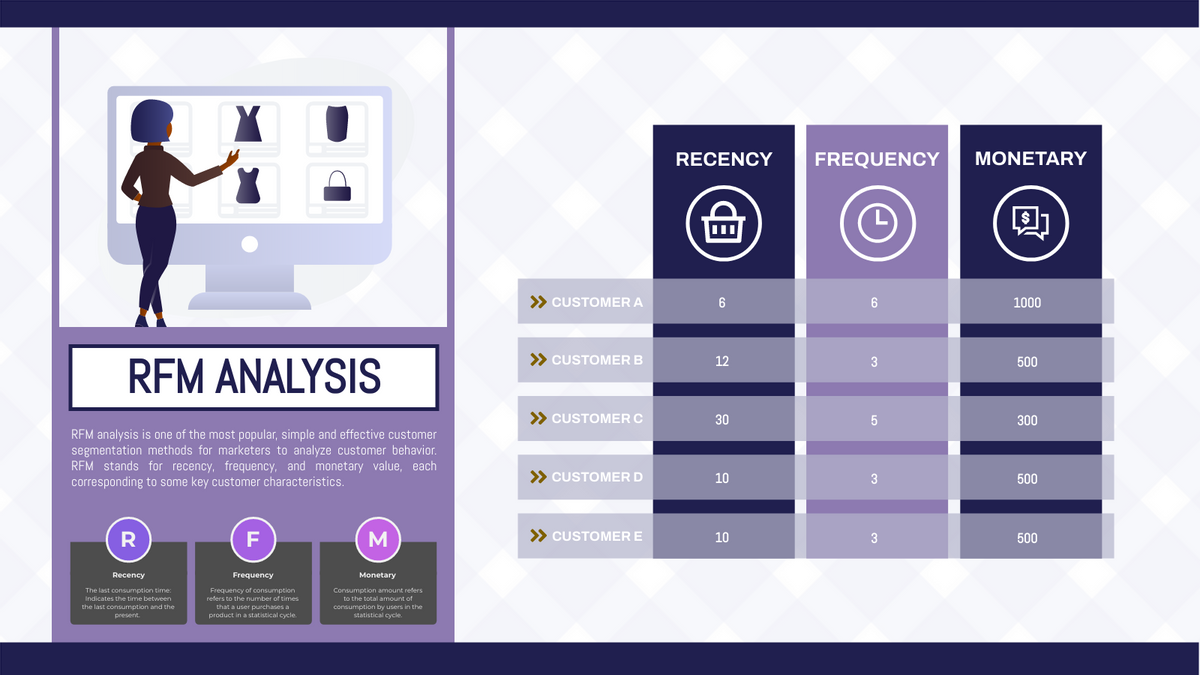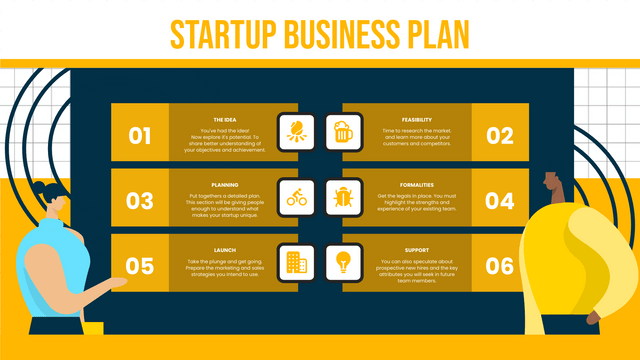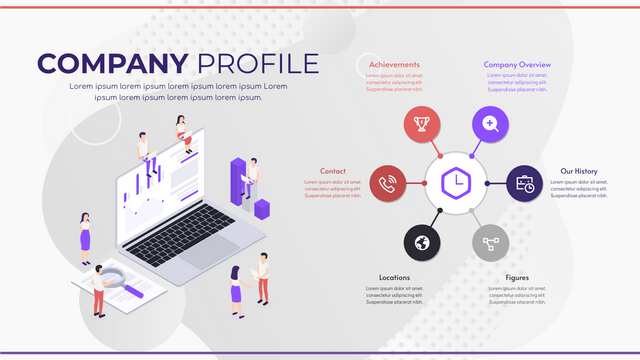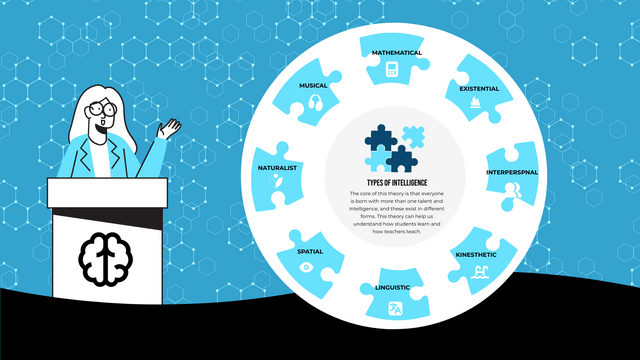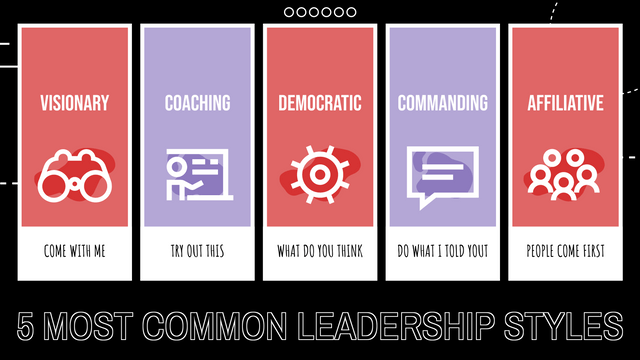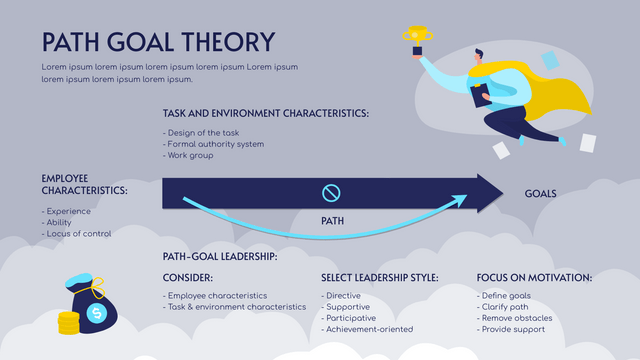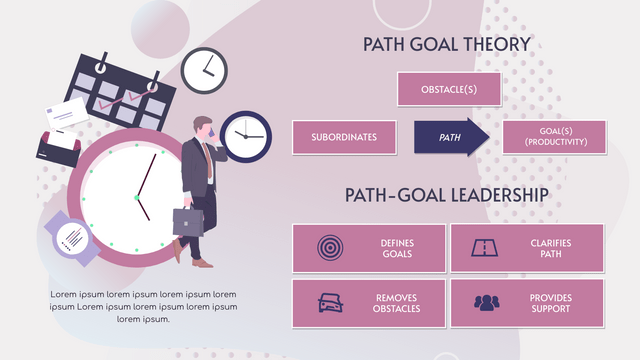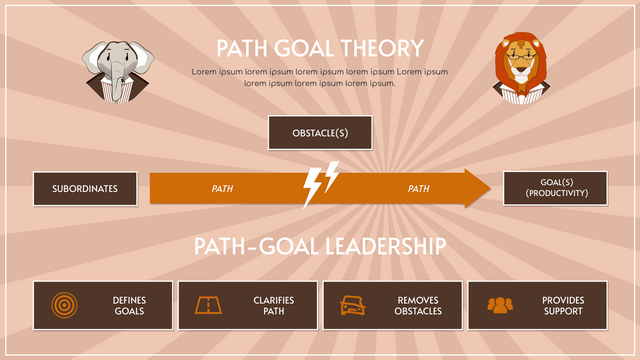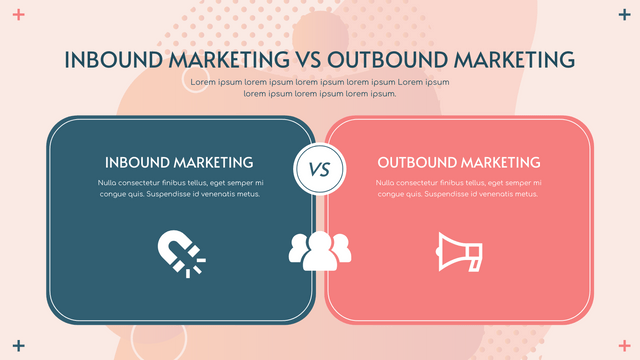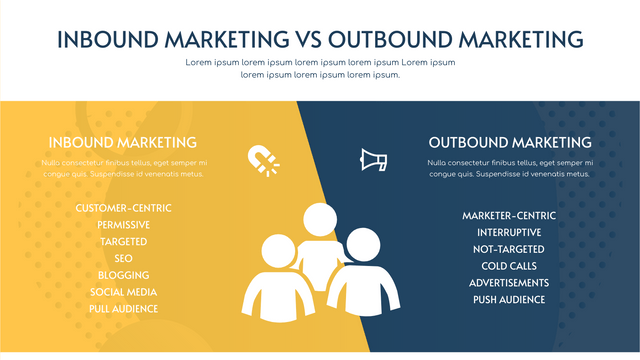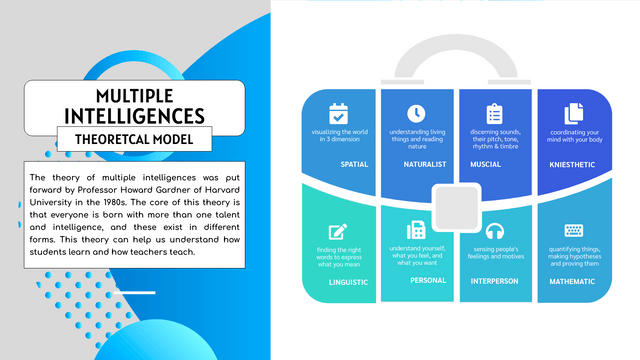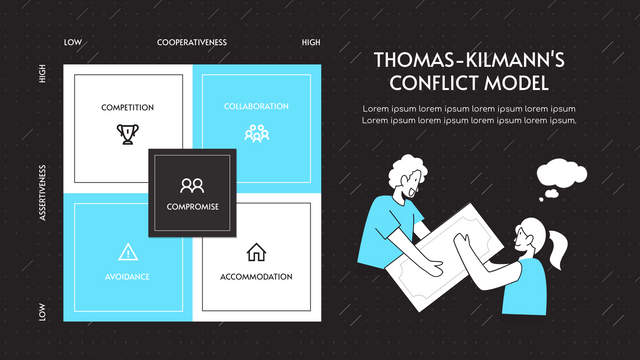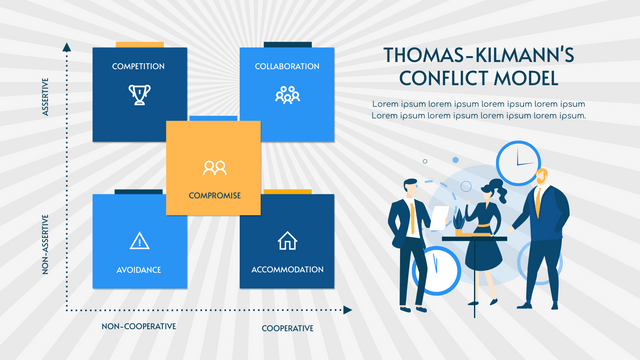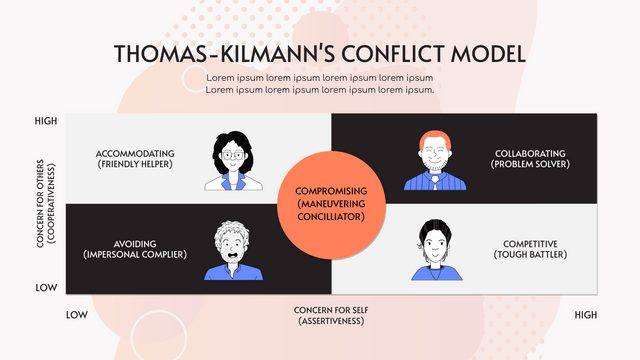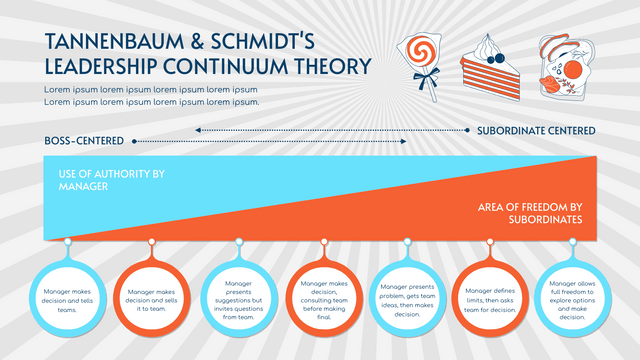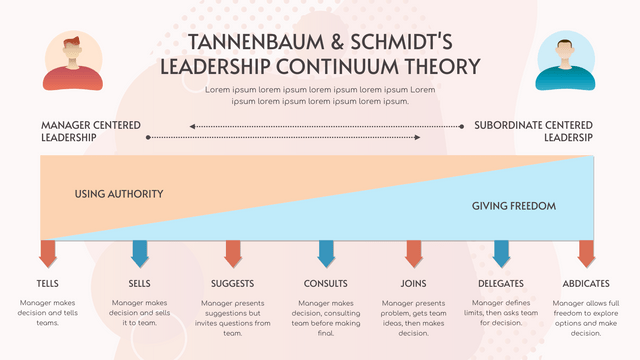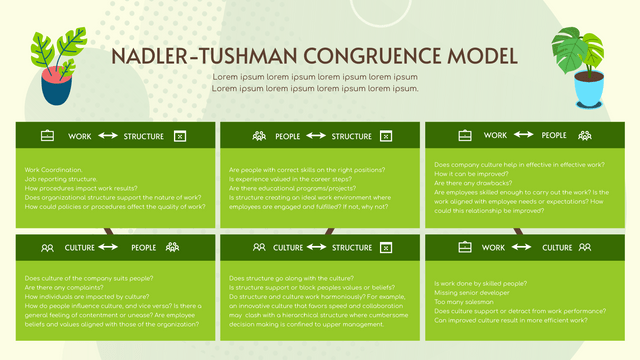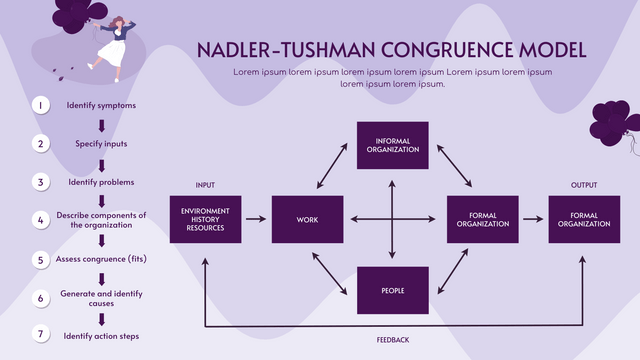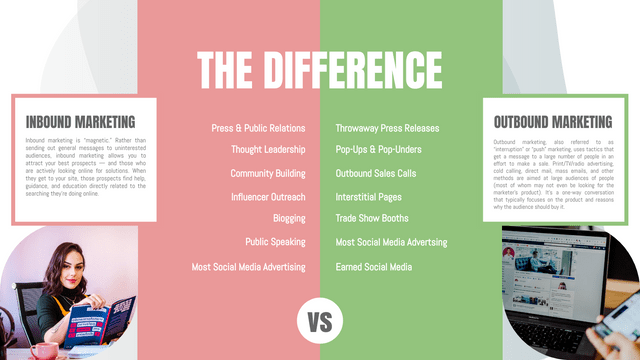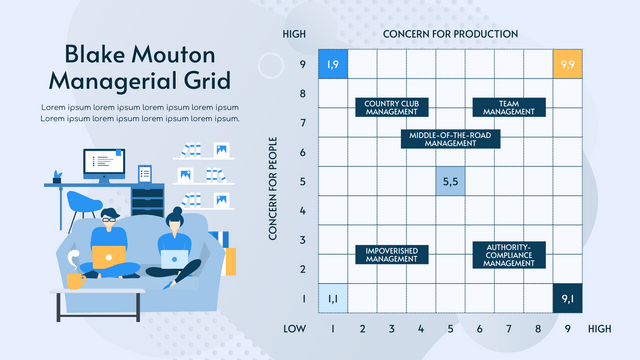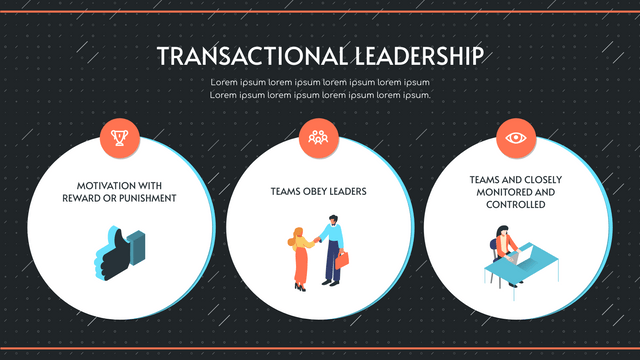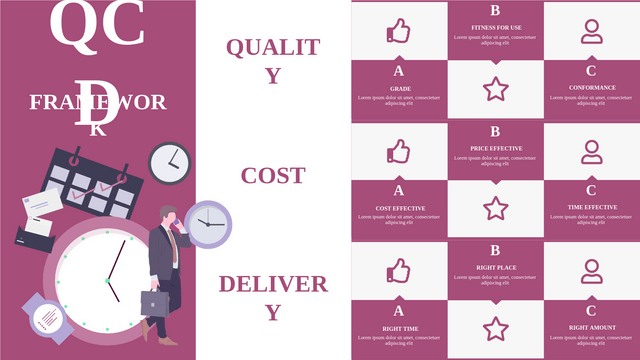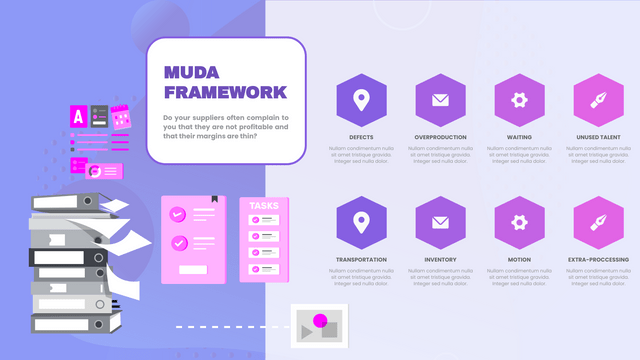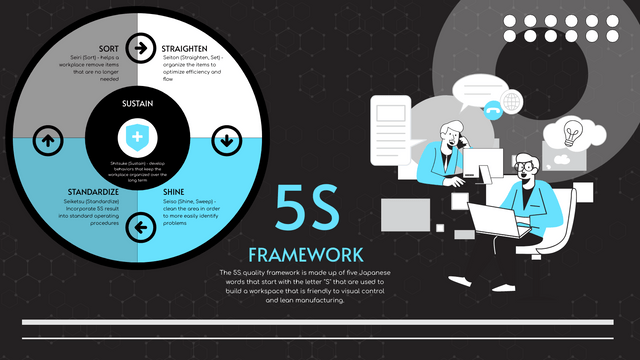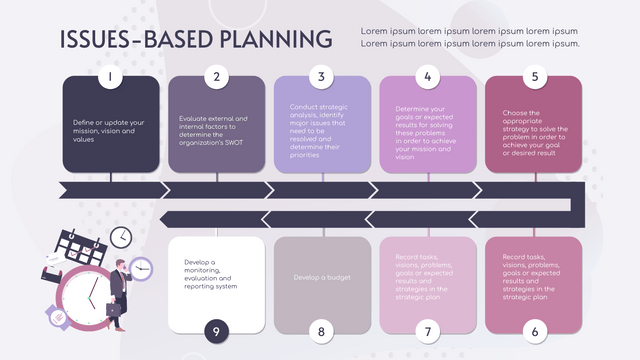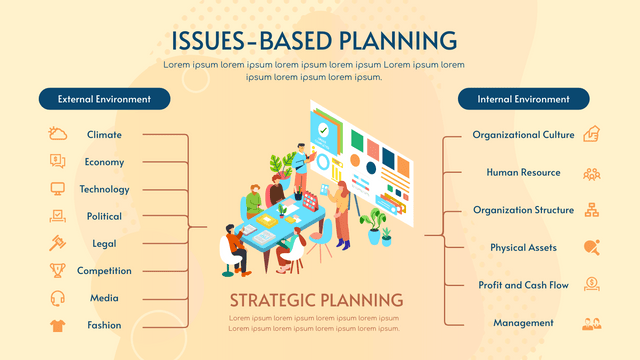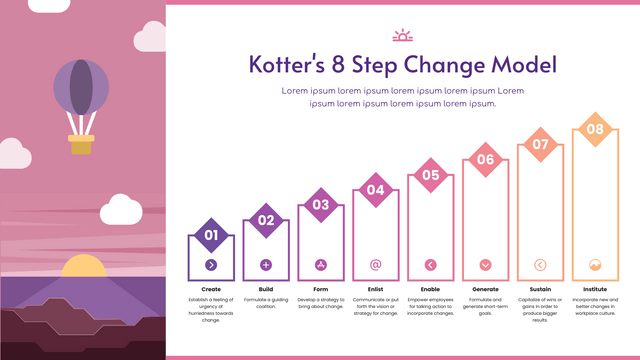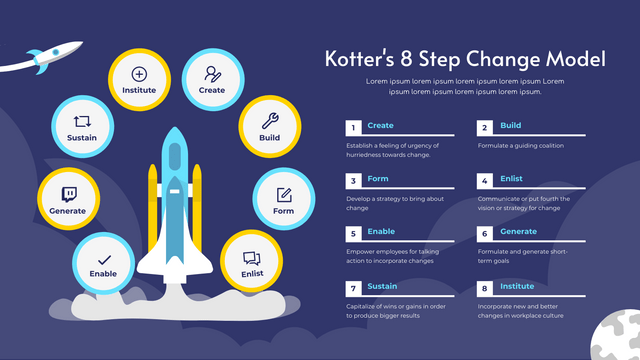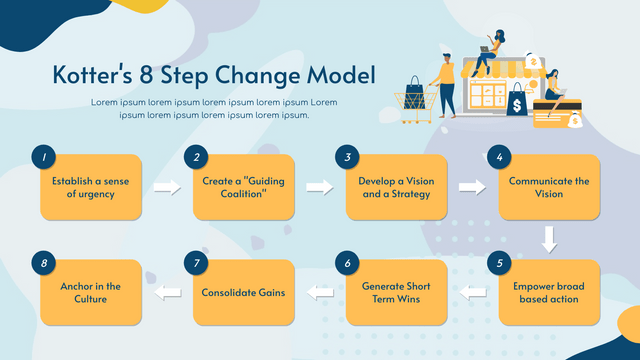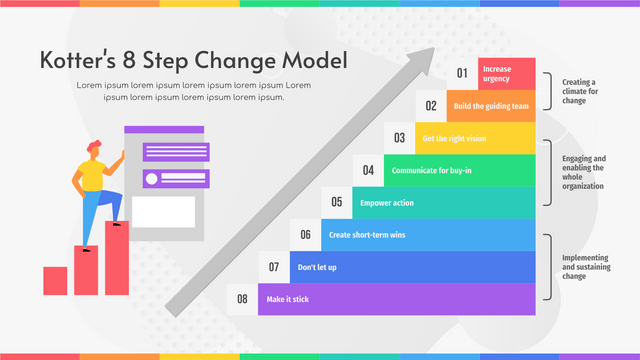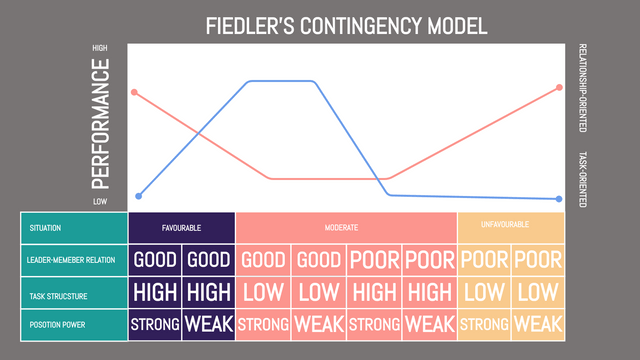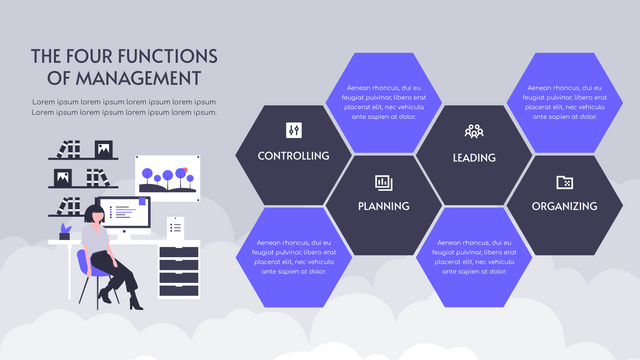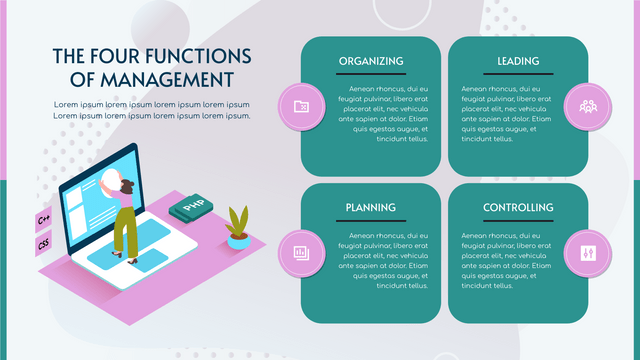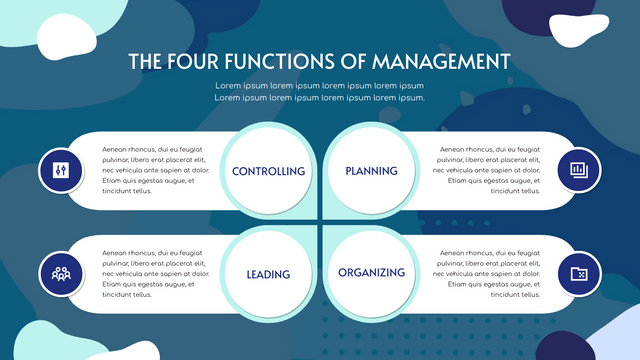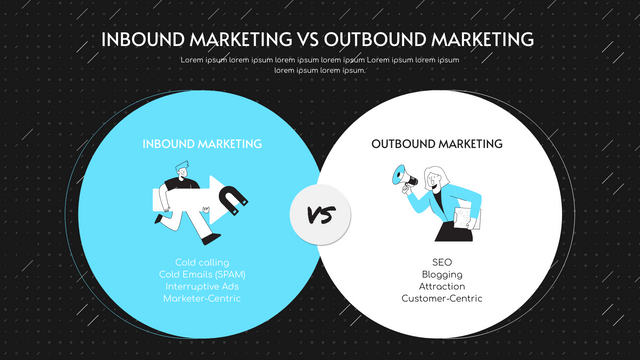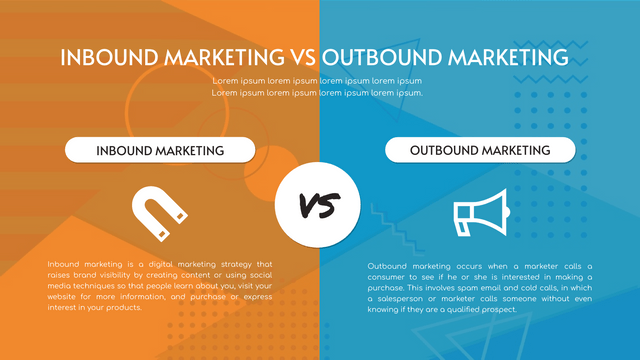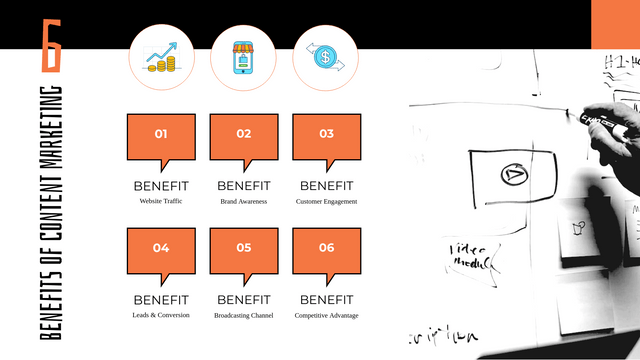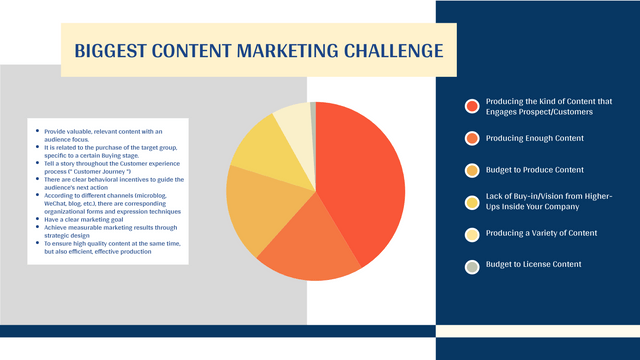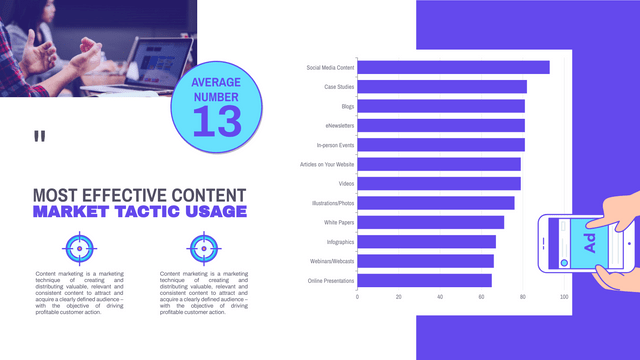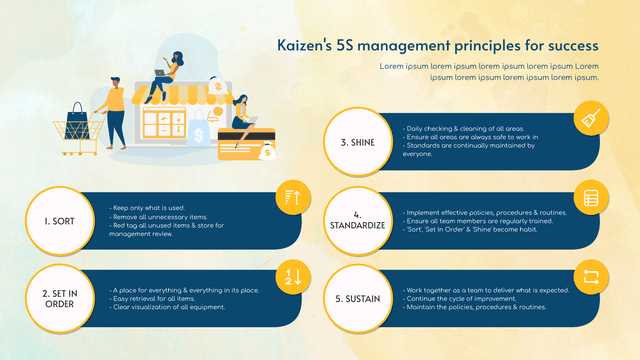What is RFM Customer Segmentation?
Smart marketers know the importance of "knowing your customer." Marketers must not only focus on generating more clicks, but must also follow a new paradigm that shifts from increasing click-through rates (CTR) to increasing retention, loyalty, and building customer relationships. Rather than analyzing the entire customer base as a whole, it is better to divide it into peer groups, understand the characteristics of each group, and engage them in relevant activities, rather than just segmenting customers based on age or geographical location.
RFM Customer Segmentation
RFM analysis is one of the most popular, simple and effective customer segmentation methods for marketers to analyze customer behavior. RFM stands for recency, frequency, and monetary value, each corresponding to some key customer characteristics.
Recency: The last consumption time: Indicates the time between the last consumption and the present. The closer the consumption time, the greater the customer value. A user who spent a year ago is certainly not as valuable as a user who spent a week ago.
Frequency: Frequency of consumption refers to the number of times that a user purchases a product in a statistical cycle. Frequent customers, also known as regular customers, must have greater value than customers who come once in a while.
Monetary: Consumption amount refers to the total amount of consumption by users in the statistical cycle, reflecting how much consumers create profits for the enterprise. Naturally, the more consumers consume, the greater the user value.
These RFM metrics are important indicators of customer behavior, as frequency and quota affect customer lifecycle value, and recentness affects retention, which is a measure of loyalty. The RFM factor illustrates the following facts:
The closer the purchase date, the more positive the customer's response to the promotion
The more often customers buy, the more engaged and satisfied they are
The value of money distinguishes the big-spending consumer from the low-value buyer
The Benefits of RFM Analysis
Through RFM analysis, it can help businesses to:
Achieve customer segmentation;
Measure customer value and customer profit generating capacity;
Identify quality customers;
Specify personalized communication and marketing services;
Provide strong support for more marketing decisions.
RFM Analysis Example
Let's demonstrate how a basic RFM analysis works with a sample data set of customer transactions. Example customer transaction data set (contains for recency, frequency, and monetary value of 5 customer transaction data). The example is created with Visual Paradigm's online strategic analysis tool. You can customize this template by modifying the text, color and font, and use it in your presentations and reports.
